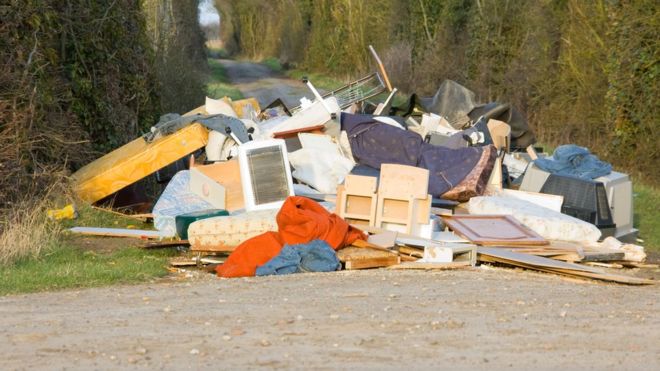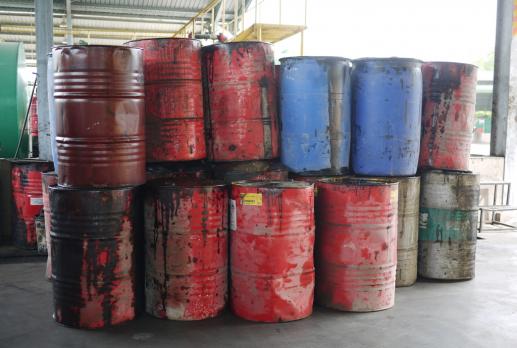 For you to get a clear view on removing asbestos here are some guidelines you need to remember. Part of the preparation for the removal of asbestos-containing substances is by complying with the Asbestos Removal Code. Specifying the limits required in the removal procedure is quite important. You need to keep the place secure by putting up signs and barriers in the region so that no one can enter the premise. After which, electric, lighting installations and furniture must be removed. The ventilation and air conditioning must be sealed off to prevent asbestos from entering the ventilation ducts. In case you will need to have lighting in the area, you need to use portable work lights that are wired and grounded to an outside circuit for safety measures. Personal Protective Equipment (PPE) should also be accessible. Total protective wear, head covers, masking, over boots, gloves and respiratory protective equipment such as a gas mask with dual cartridges and HEPA filters are needed. Are you hunting about local tipping costs? Check out the before discussed site.
For you to get a clear view on removing asbestos here are some guidelines you need to remember. Part of the preparation for the removal of asbestos-containing substances is by complying with the Asbestos Removal Code. Specifying the limits required in the removal procedure is quite important. You need to keep the place secure by putting up signs and barriers in the region so that no one can enter the premise. After which, electric, lighting installations and furniture must be removed. The ventilation and air conditioning must be sealed off to prevent asbestos from entering the ventilation ducts. In case you will need to have lighting in the area, you need to use portable work lights that are wired and grounded to an outside circuit for safety measures. Personal Protective Equipment (PPE) should also be accessible. Total protective wear, head covers, masking, over boots, gloves and respiratory protective equipment such as a gas mask with dual cartridges and HEPA filters are needed. Are you hunting about local tipping costs? Check out the before discussed site.
To prevent asbestos from being airborne, tools needed for the removal may include a 2-3 gallon tank sprayer, liquid detergent, putty knives, step ladders, plastic sheeting, asbestos waste disposal bags, duct tape, sealant. To contain the work area, plastic sheeting must be used on the walls and flooring and seal off everything with duct tape. After preparing the job site and the materials required, you need to carefully wet the asbestos-containing substance with “amended” water, which is water mixed with liquid detergent. Don’t ever blow off the contaminated area with water. This is imperative to keeping the fibres undamaged so to forbid them from being breathed in. You may start scraping off the asbestos-bearing material cautiously when you’re finished soaking it. Never break them into pieces for they may still contain fibres that you could ingest. You want to carefully scrape all of the material and leave it intact. The material should still be soaked in water when this process is done.
Otherwise, it is time for you to stop working and call in an expert to finish the job. You want to scrape off the walls or flooring first before sealing the area with paint. After scraping off the material, you want to place it in special disposal bags including your disposable coveralls. These should be double bagged and double wrapped. The particular bin is mandatory in putting away asbestos because it’s unlawful to put asbestos waste and combine it with domestic garbage bins. Appropriate classification and the contents of this waste material is needed for each bag for security purposes. Asbestos waste must be disposed of in designated landfills assigned by your neighborhood council so it is important to set an appointment with them when you can have your asbestos-containing material disposed. If you need to hire a company to dispose of your asbestos wasteremember to keep a copy of the receipts as the council may look for these records to ensure the proper disposal of the asbestos waste.
 Why pay someone to do something for us that we can easily do ourselves? Changing the oil in our cars is just one way for people to roll their sleeves up and rely on themselves to finish a job. However, you must eliminate the oil properly when you’re finished changing it. The Hazardous and Solid Waste Amendment made it necessary for individuals to find new ways to eliminate the automobile oil. It is not safe to simply put the oil in the garbage or put it in the garden.
Why pay someone to do something for us that we can easily do ourselves? Changing the oil in our cars is just one way for people to roll their sleeves up and rely on themselves to finish a job. However, you must eliminate the oil properly when you’re finished changing it. The Hazardous and Solid Waste Amendment made it necessary for individuals to find new ways to eliminate the automobile oil. It is not safe to simply put the oil in the garbage or put it in the garden.